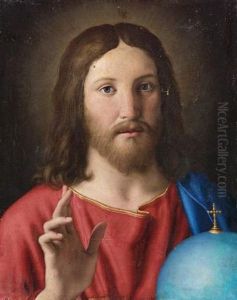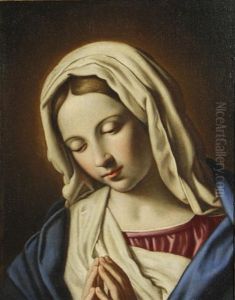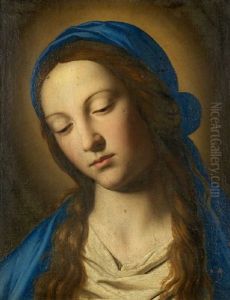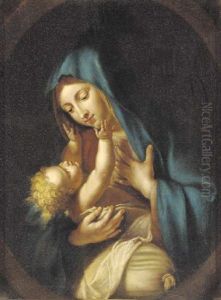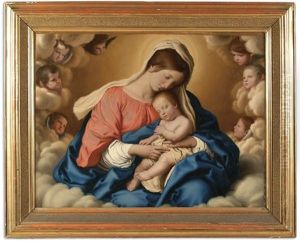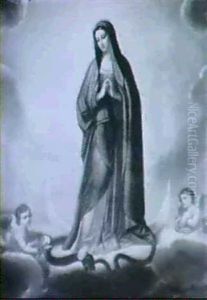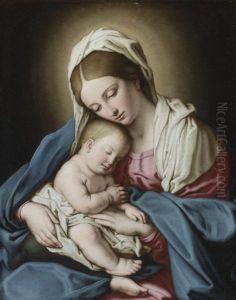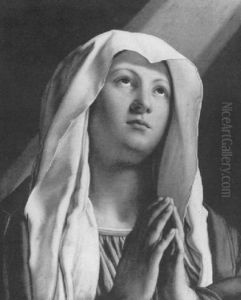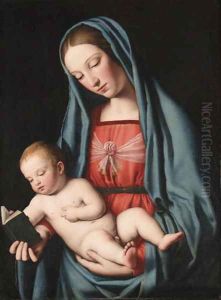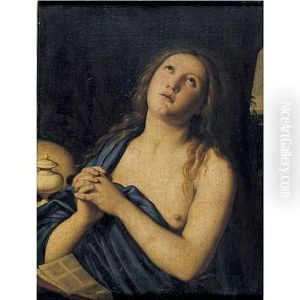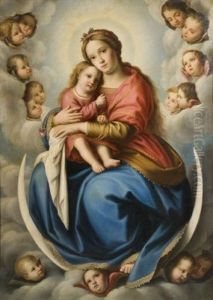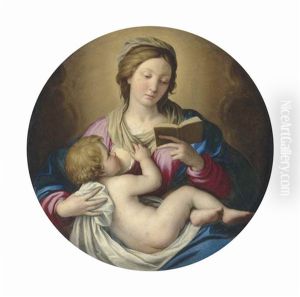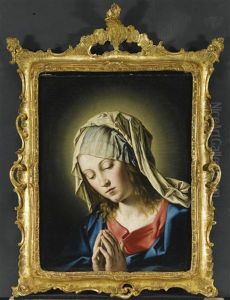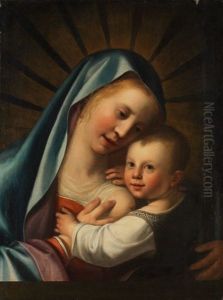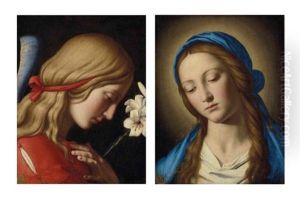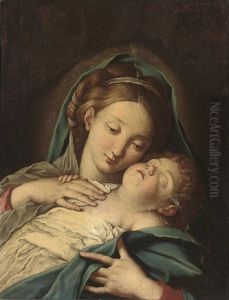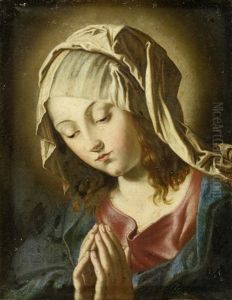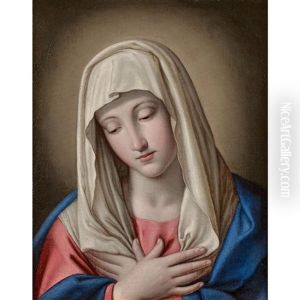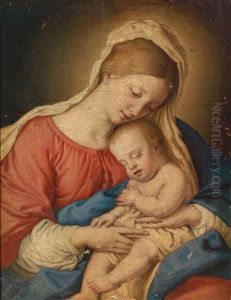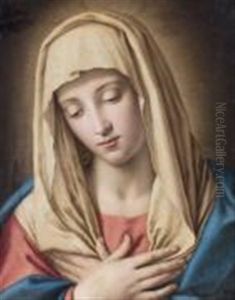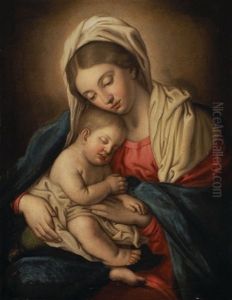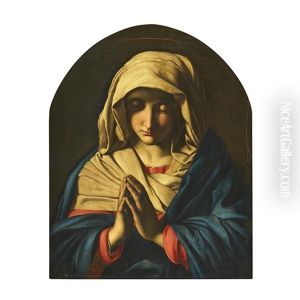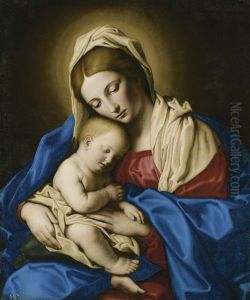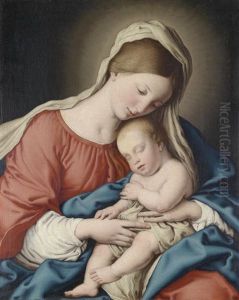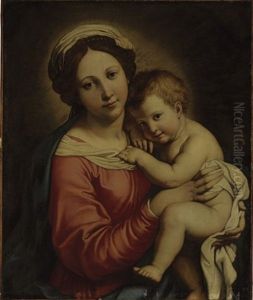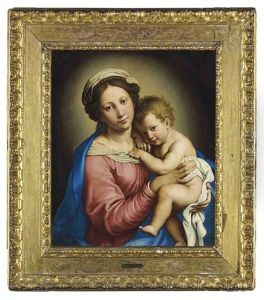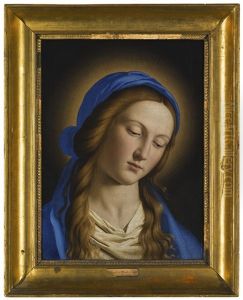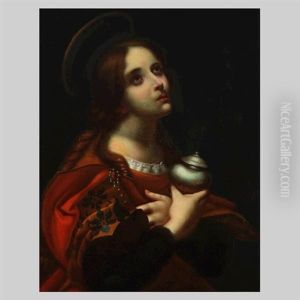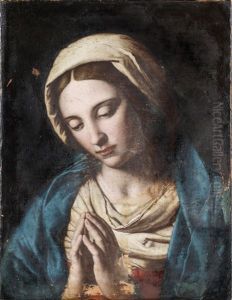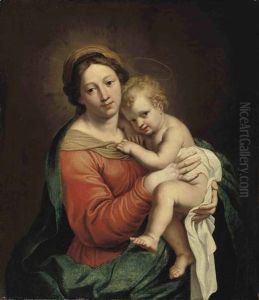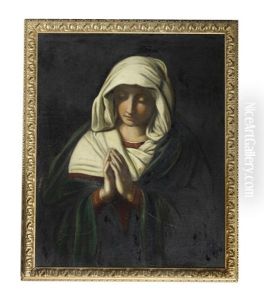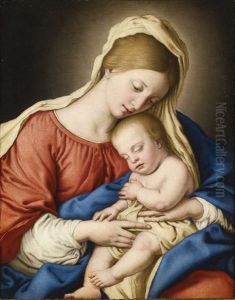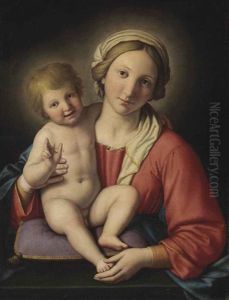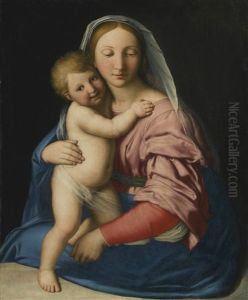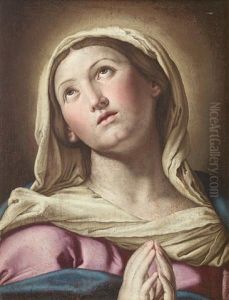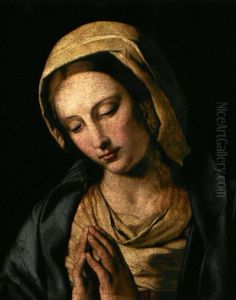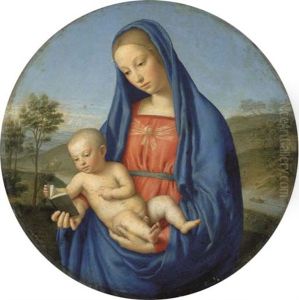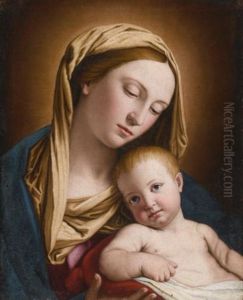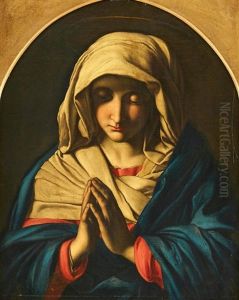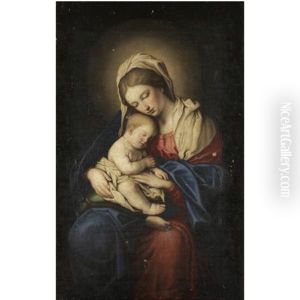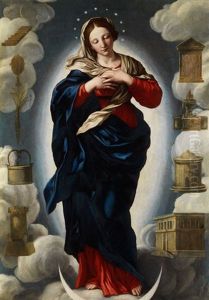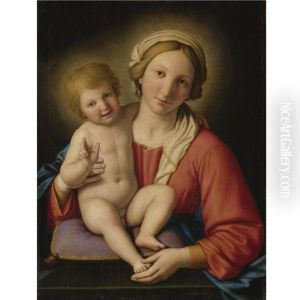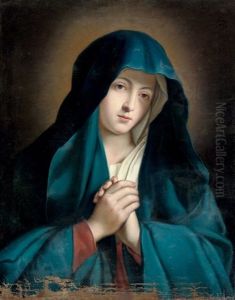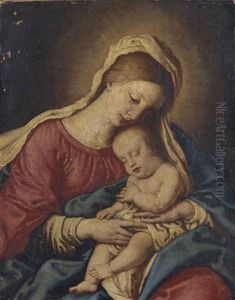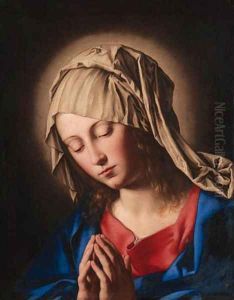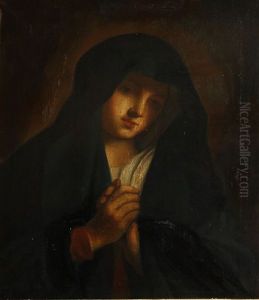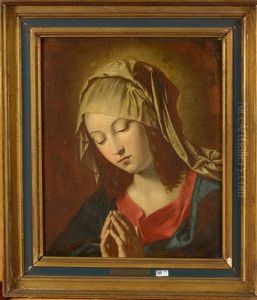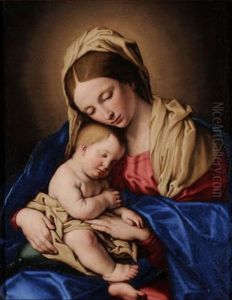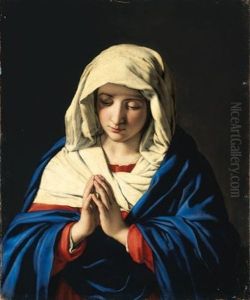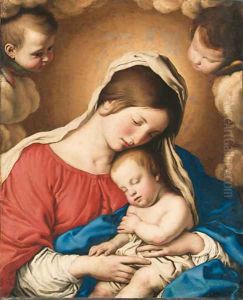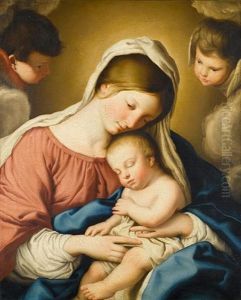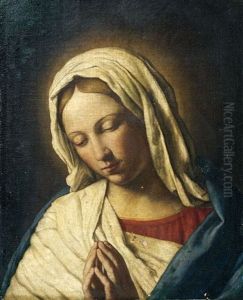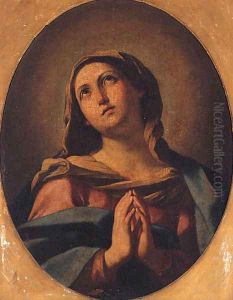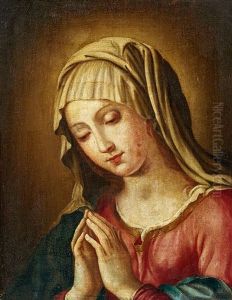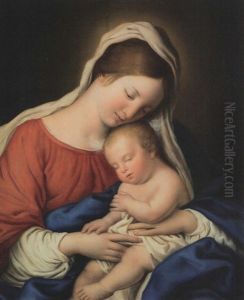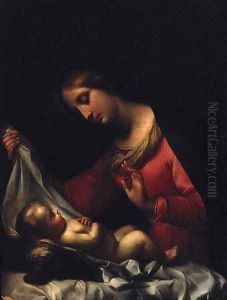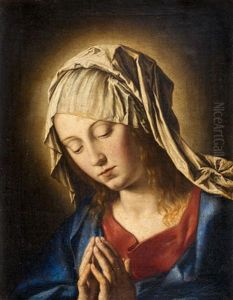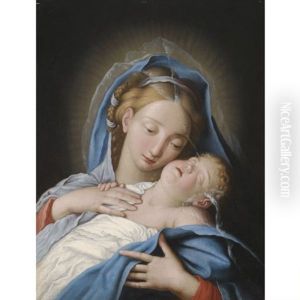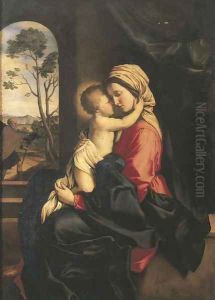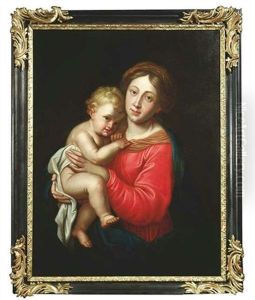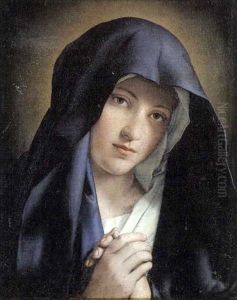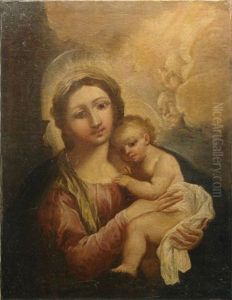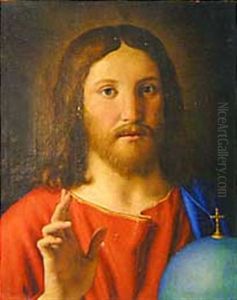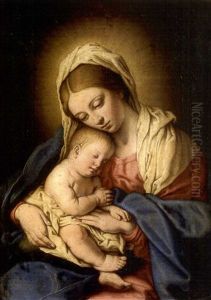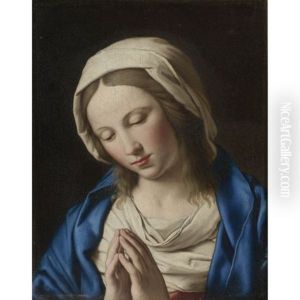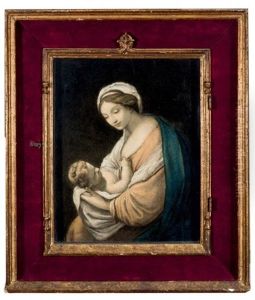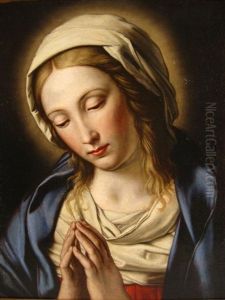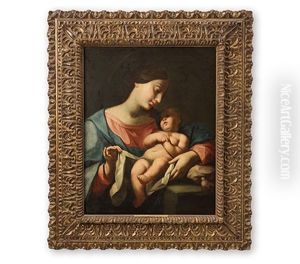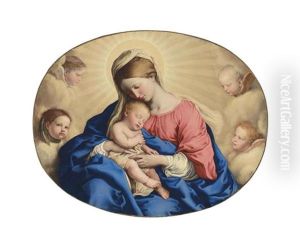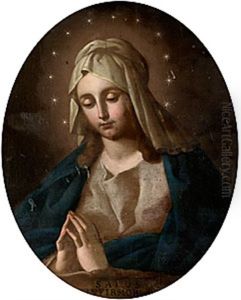Giovanni Battiata Salvi, Il Sassoferrato Paintings
Giovanni Battista Salvi, better known as Il Sassoferrato, was an Italian Baroque painter renowned for his devotional subjects and precise, polished technique. Born in 1609 in the town of Sassoferrato in the Marche region of Italy, which later gave rise to his nickname, he was the son of Tarquinio Salvi, a minor painter from whom he received his initial training. Sassoferrato's work is characterized by a devout Catholic sensibility, reflecting the Counter-Reformation values of his time. He was deeply influenced by the styles of Raphael and the Bolognese School, yet he also drew upon the Mannerist tradition and the emerging naturalism that was developing in 17th-century Italian art.
Sassoferrato spent the majority of his career in Rome, where he absorbed the rich artistic culture of the city. Unlike many of his contemporaries, he did not travel extensively, and his style remained remarkably consistent throughout his life. He was not a pioneer of new artistic trends; rather, he perfected the styles and techniques handed down from the High Renaissance and early Baroque periods. His paintings are noted for their serene and tender representations of religious themes, especially those of the Virgin Mary. His 'Madonna and Child' compositions, in particular, were highly sought after and often replicated by the artist himself.
Sassoferrato's work was in high demand during his lifetime, not only in Italy but also abroad, as his paintings were collected by patrons in France and Spain. Despite his success, he did not run a large workshop, which was typical of the period. Instead, he preferred to work alone or with a few assistants, ensuring a high level of quality and personal touch in his artworks. His paintings often feature a cool color palette, meticulous attention to detail, and smooth, almost enamel-like surfaces achieved by his skillful glazing technique.
Today, Sassoferrato's paintings can be found in numerous prestigious collections, including the Vatican Museums, the Louvre in Paris, and the National Gallery in London. He passed away in 1685 in Rome, leaving behind a legacy as a master of devotional art who bridged the gap between the Renaissance and Baroque periods with grace and piety. His works continue to be appreciated for their beauty and spiritual depth, and they remain a testament to the enduring appeal of traditional, religious art in the face of changing artistic trends.
